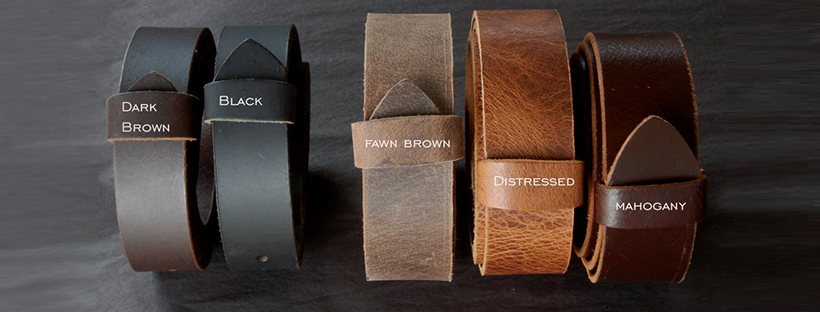
Selecting the Ideal Belt for Your Suit
“If you’re able to notice the belt, it can only mean two things—either it is styled poorly or it is used as a statement piece to improve the aesthetics.” —Anonymous
Initially, belts were a functional accessory that helped secure trousers or pants around the waist. However, these days, belts are no longer a functional accessory. They are more of a decorative or style element that grabs attention.
Before we get right into how to select the ideal belt for your suit outfit, let’s get into the belt anatomy, the ideal length and width of belts, etc. that are essential.
Anatomy of belts
The two main parts include a strap and a buckle. Other parts include belt loops, punch holes, and belt tips.
Ideal belt length and width
The ideal belt length for your waist is calculated by adding 2 inches to your pant’s waist size. Also, another way to find the right length of the belt is by checking whether the tail end of the belt is long enough to get into your belt loop when fastening. Most importantly, the length does not vary between a formal or casual suit. On the other hand, there is no ideal belt width as it depends on the occasion or style of your outfit.
Choosing the belt for a formal suit
Suit trousers have loops for belt fastening and hence belts are considered a mandatory part of the formal suit ensemble. Also, only a leather strap is considered formal with specific color choices, like black, brown, navy, or tan. Besides, the color of the belt must match the color of your formal shoes to balance the formal style.
A belt for a formal suit must be only about 1 to 1.5 inches wide; therefore, it can look thin, sleek, and professional, adding value to the formal attire. In addition, small buckles made of golden or silver metal frames are preferable. So, when you’re selecting a formal belt, ensure you address all these factors.
Choosing the belt for a casual or informal suit
Unlike formal belts, belts for a casual suit need not be small, thin, leather-made, or in black or brown hues. Belts for casual suits can be wider than 1.5 inches and need not be hidden under the overcoat like formal belts. These can be made visible as these casual belts are worn for aesthetic purposes.
The material of casual belts can be vinyl, braided, suede, webbing, or canvas-made. The buckles can be of box, plate, frame, O, or D-ring type. When it comes to color, casual belts can be of any hue. In other words, these belts look smart, rugged, and often a statement piece.
For casual attire, the color of the belt and its buckle need not match the shoes or other accessories.
Now is the time to check if you own both belt types to style your formal and casual suits!
Conclusion
As this blog post has educated you on how to select or choose a belt for a particular suit style, you can improve your purchasing decision the next time you buy one.
Recent Posts

